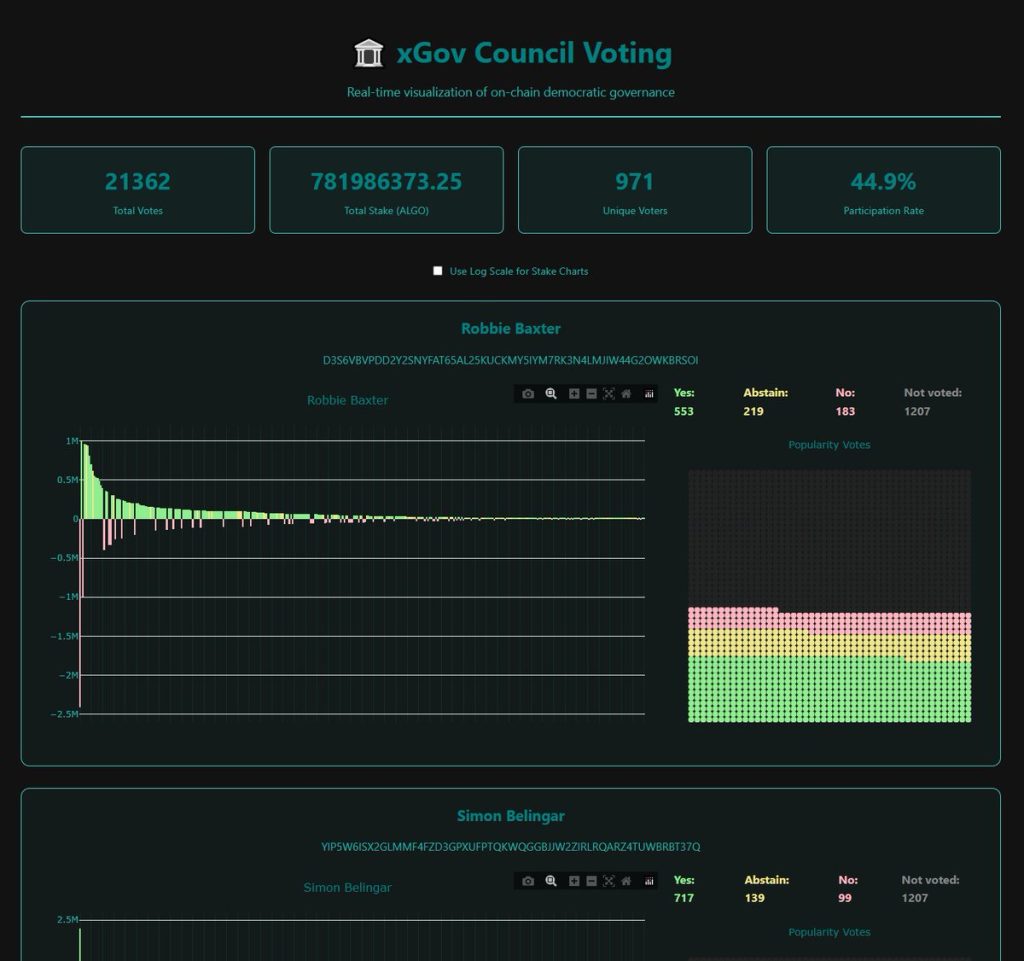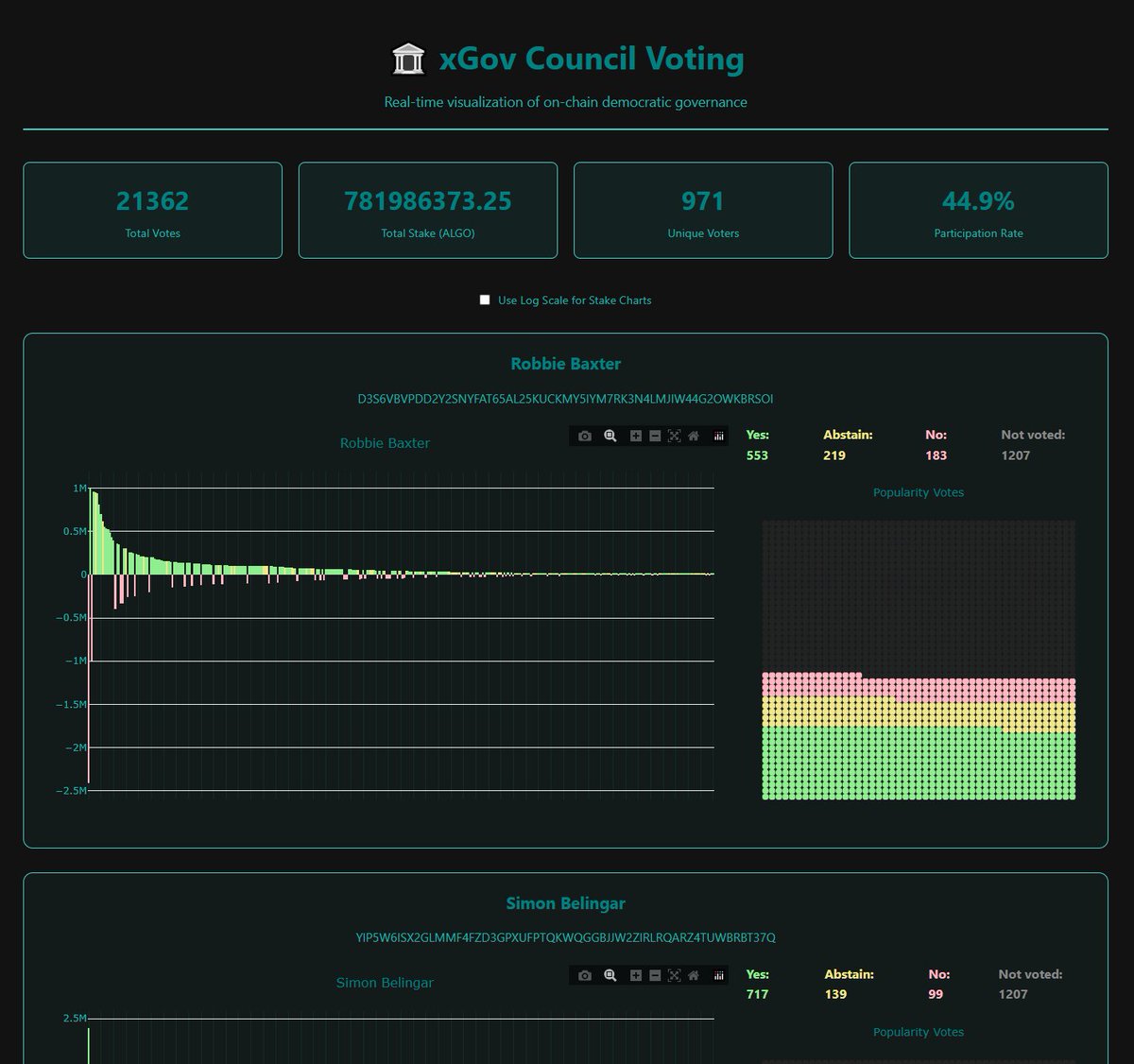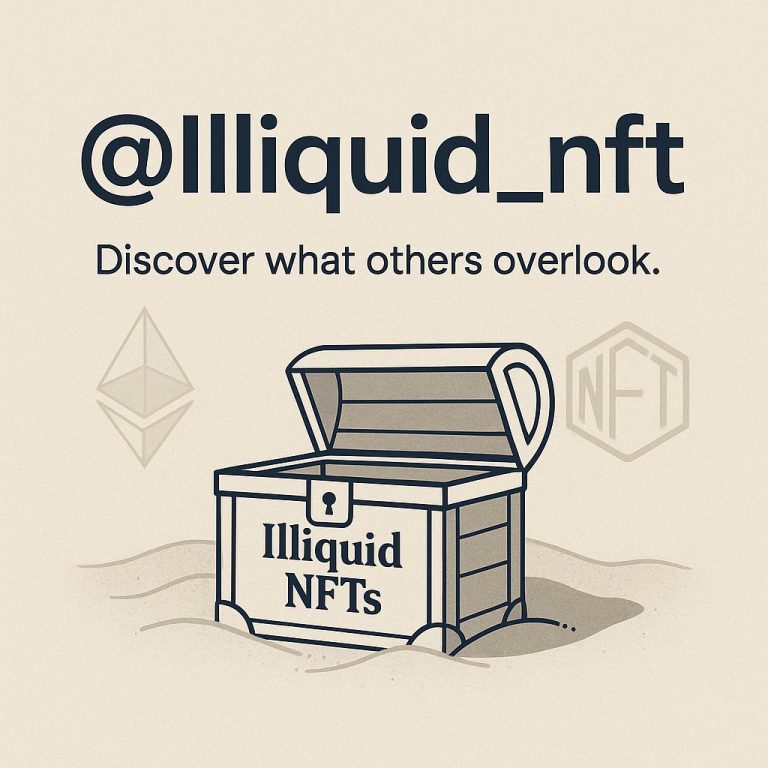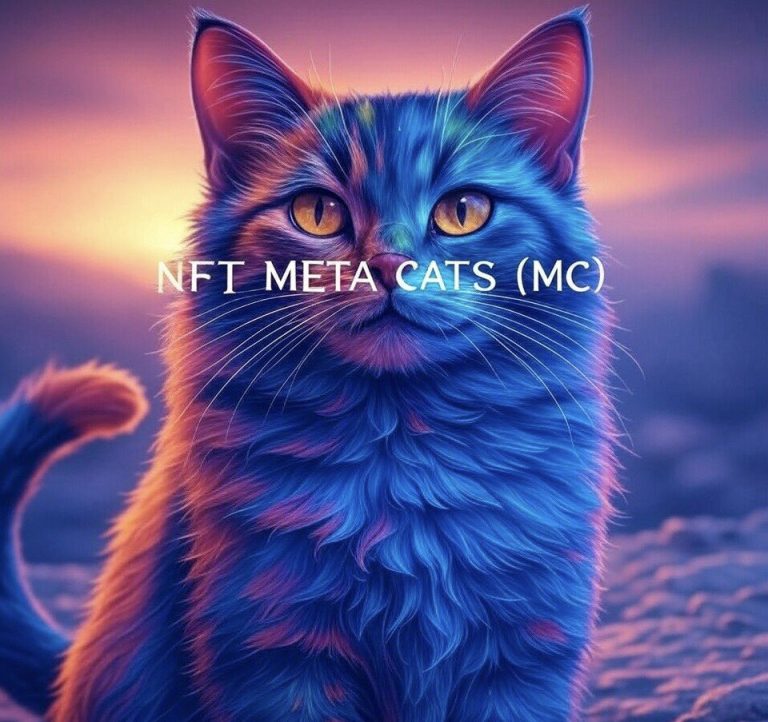
The quiet revolution in Algorand governance is underway, and it’s being built not by seasoned developers in corporate towers, but by a self-described “non-dev” named hampelman.algo. A recent tweet, brimming with characteristic self-deprecation and a hint of playful challenge, announces the addition of popularity voting and correct stake commitment to a project seemingly born from a passion for Algorand and a desire to push its capabilities. This isn’t just a technical update; it’s a fascinating case study in grassroots development, community-driven innovation, and the evolving landscape of blockchain governance. It begs the question: what does it mean when a project, built outside the traditional development ecosystem, unlocks potentially significant features for a major blockchain?
The Core of the Update: Popularity & Stake
The update centers around two key additions: a popularity vote and a mechanism for “correct stake commitment.” While the tweet is concise, unpacking these features reveals a potentially powerful shift in how decisions are made and value is aligned within the Algorand ecosystem.
The “popularity vote” is fairly straightforward. It introduces a system where proposals or ideas can be gauged based on direct community support. This isn’t necessarily a binding vote for implementation, but rather a signal – a way to quickly identify concepts that resonate with the broader Algorand holder base. In a space often dominated by technical discussions and developer-led proposals, a popularity vote offers a voice to those who may not have the technical expertise to contribute directly to code, but still have valuable opinions on the direction of the blockchain.
The “correct stake commitment” is more nuanced. Algorand’s consensus mechanism relies on participation from ALGO holders. This update appears to refine how stake is committed to proposals, ensuring that those who support an idea are actively participating in the governance process with their tokens. This is crucial because simply *holding* ALGO doesn’t automatically equate to active governance. Correct stake commitment incentivizes and validates genuine support, potentially mitigating the influence of inactive or apathetic wallets. It’s a move towards a more robust and representative governance system.
The “Non-Dev” Developer: A New Paradigm?
The most striking aspect of this update isn’t necessarily *what* was built, but *who* built it. Hampelman explicitly identifies as a “non-dev,” highlighting the accessibility of development tools and the growing potential for individuals without formal training to contribute meaningfully to blockchain projects. This challenges the traditional notion that complex blockchain development is solely the domain of highly skilled, professionally employed engineers.
This is particularly relevant in the context of Algorand. Algorand was designed with developer-friendliness in mind, utilizing a relatively straightforward smart contract language (TEAL) and a focus on formal verification. However, even with these advantages, the barrier to entry can still be significant. Hampelman’s success demonstrates that with dedication, readily available resources, and a supportive community, individuals can overcome these hurdles and contribute valuable functionality.
The playful jab at “real employed devs” isn’t simply a boast; it’s a commentary on the often-slow pace of development within larger organizations. Bureaucracy, competing priorities, and the need for extensive testing can all contribute to delays. A solo developer, driven by passion and unburdened by corporate constraints, can often iterate and deploy changes much more rapidly. This agility is a significant advantage in the fast-moving world of blockchain technology.
Implications for Algorand Governance
The addition of popularity voting and correct stake commitment has the potential to significantly impact Algorand’s governance model. Currently, Algorand governance relies heavily on proposals submitted by the Algorand Foundation and community members, followed by a voting period where ALGO holders can participate. However, the process can sometimes feel opaque and dominated by a small group of active participants.
These new features address several key challenges:
- Increased Participation: The popularity vote lowers the barrier to entry for expressing opinions, potentially attracting a wider range of participants to the governance process.
- Enhanced Signal Strength: Correct stake commitment ensures that votes are backed by genuine economic interest, making the signals from the community more reliable.
- Faster Iteration: The ability to quickly gauge community sentiment through popularity voting allows for faster iteration on ideas and proposals.
- Decentralization of Influence: By empowering individual developers and community members, this update contributes to a more decentralized and democratic governance model.
However, it’s important to acknowledge potential drawbacks. A popularity vote could be susceptible to manipulation or swayed by short-term hype. Correct stake commitment, while beneficial, could also inadvertently disadvantage smaller ALGO holders who may not have the resources to actively participate in every vote. Careful monitoring and potential adjustments will be necessary to ensure that these features are used effectively and equitably.
Beyond the Code: A Broader Trend
Hampelman’s work isn’t an isolated incident. Across the blockchain space, we’re seeing a growing trend of “citizen developers” – individuals with limited formal training who are contributing significantly to the ecosystem. This is fueled by several factors:
- Low-Code/No-Code Tools: The emergence of low-code and no-code development platforms is making it easier for non-developers to build and deploy applications on blockchains.
- Open-Source Communities: The collaborative nature of open-source development allows individuals to learn from and contribute to projects without needing extensive prior experience.
- Financial Incentives: The potential for financial rewards through bug bounties, grants, and tokenized incentives is attracting a new wave of developers to the blockchain space.
- A Desire for Decentralization: Many individuals are drawn to blockchain technology by its promise of decentralization and a more equitable financial system. They are motivated to contribute to the ecosystem because they believe in its potential.
This trend has profound implications for the future of blockchain development. It suggests that the traditional model of centralized, professionally-led development is evolving, giving way to a more distributed and community-driven approach. This could lead to faster innovation, greater resilience, and a more inclusive ecosystem.
A Glimpse into the Future
Hampelman’s tweet isn’t just an announcement of a technical update; it’s a symbol of a larger shift in the blockchain landscape. It’s a testament to the power of individual initiative, the accessibility of modern development tools, and the growing importance of community-driven governance. The fact that these features were built by someone who self-identifies as a “non-dev” is a powerful message: anyone with a passion for blockchain technology can contribute meaningfully to its evolution.
As Algorand continues to mature, these types of grassroots innovations will be crucial for maintaining its competitive edge and fostering a vibrant, engaged community. The success of this update will depend on how effectively it’s integrated into the broader governance framework and how well the community embraces these new tools. But one thing is clear: the future of blockchain development is being shaped not just by professional engineers, but by a diverse and passionate community of builders, tinkerers, and dreamers.
Sources:








